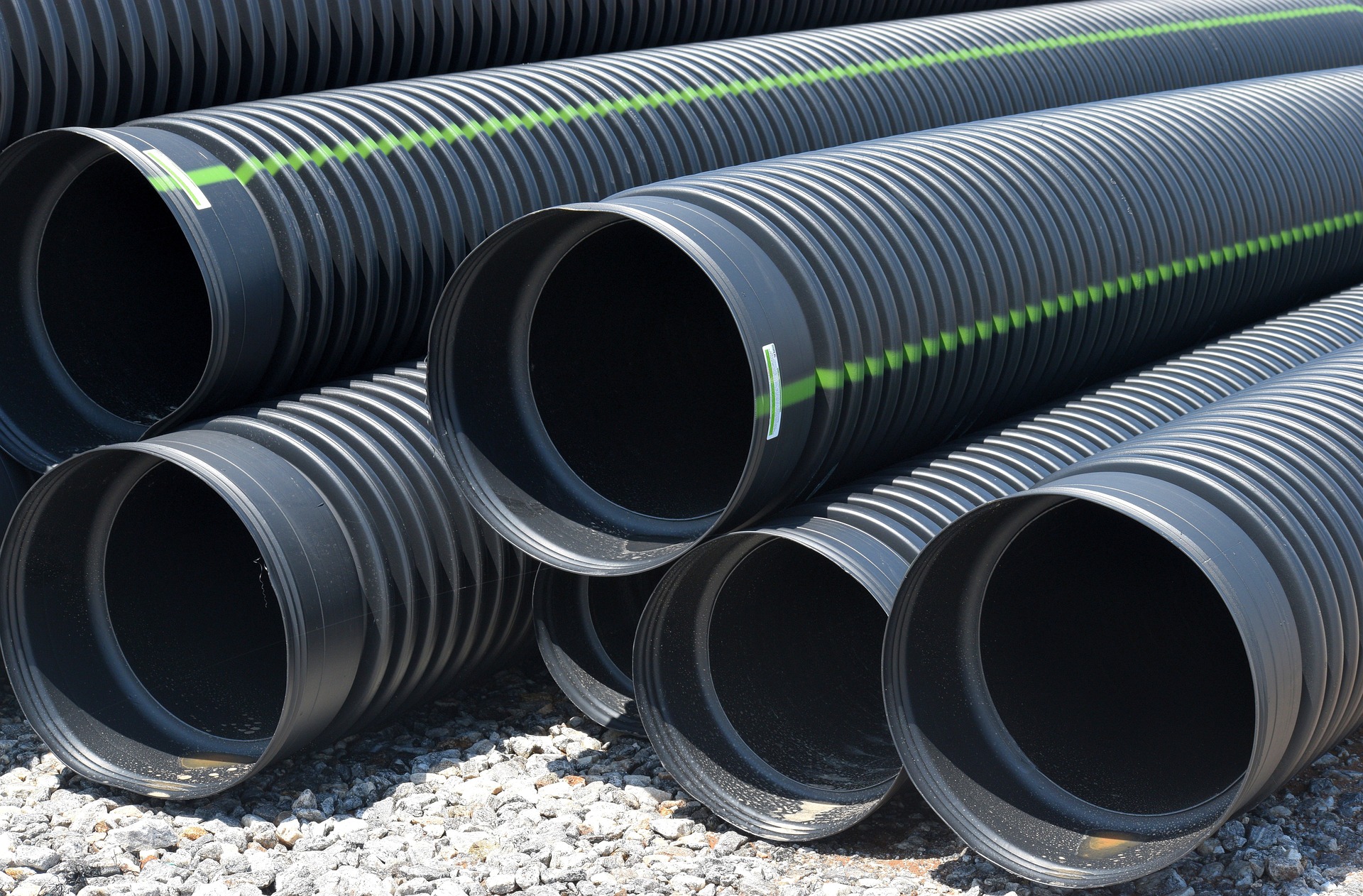In the dynamic world of Transport and Freight Solutions, ensuring goods’ safe and efficient movement is paramount. One such commodity that requires particular attention is tubing. These cylindrical, hollow objects, made from materials like steel, PVC, or copper, have applications in diverse sectors ranging from construction and infrastructure to the medical and automotive industries. Transporting these tubings demands a specialized approach which we are proud to offer help with.
Tubing Transportation

The Risks and Considerations Associated with Transporting Tubings
The transportation of tubings, essential components in industries like construction, oil and gas, manufacturing, and many others, is more complex than it appears. These elongated materials, often vital to the infrastructure and operations of countless projects, must be handled with utmost care. Several risks come into play, and necessary considerations must be kept in mind to ensure both the integrity of the tubings and the safety of the transportation process.
Risks Involved in Tubing Transportation
- Physical Damage:
- Dents & Deformities: Due to their elongated nature, tubings are susceptible to cuts and deformities if not loaded, secured, or unloaded properly.
- Corrosion: Environmental factors, such as moisture, can cause corrosion, especially in metal tubings, during long transit times.
- Environmental Risks:
- Temperature Sensitivity: Some materials, like PVC, can become brittle in extreme cold or soften in extreme heat.
- Exposure to Elements: Prolonged exposure to rain, snow, or sunlight might damage certain tubings or their protective coatings.
- Safety Hazards:
- Rolling: Tubings, if not secured correctly, can roll off transport vehicles, posing a threat to workers and the public.
- Overloading: Exceeding the weight capacity of a vehicle can lead to vehicular damage or accidents on the road.
- Regulatory and Compliance Issues:
- Transporting certain types of tubings, especially those used in the oil and gas industry, might be subject to regulatory restrictions and require specific permits.
- Vehicle Selection: Using the correct type of vehicle, like flatbed trucks for longer tubes or covered trucks for sensitive materials, can mitigate many transportation risks.
- Route Planning: Plan routes that avoid rough terrains, areas with extreme weather conditions, or regions with known regulatory restrictions.
- Training and Expertise: Ensure staff handling the tubings are trained in the best loading, transporting, and unloading practices.
Considerations for Safe Tubing Transportation
- Proper Packaging and Cushioning: Using spacers, protective wraps, and cushioning materials can minimize physical damage risks.
- Securement:
- Restraint Systems: Utilize appropriate restraint systems like lashing, choking, and bracing to prevent movement during transport.
- Even Load Distribution: Ensure that tubings are loaded in a manner that evenly distributes weight, reducing the risk of vehicular imbalance.
- Vehicle Selection: Using the correct type of vehicle, like flatbed trucks for longer tubes or covered trucks for sensitive materials, can mitigate many transportation risks.
- Route Planning: Plan routes that avoid rough terrains, areas with extreme weather conditions, or regions with known regulatory restrictions.
- Training and Expertise: Ensure staff handling the tubings are trained in the best loading, transporting, and unloading practices.
Transport of Diverse Tubing Types
We expertly offer delivery services to an extensive range of tubing products and their associated items. Our comprehensive list includes:
- Tubing made of plastic
- Tubing in coiled forms
- Coil tubing with skid mounts
- Wireline systems
- Tubing designed for chemicals
- Piping for water supply
- Piping for oil and gas industries
- Projects related to marine engineering
- Tubing for drilling processes
- Structured wall piping
